This is the Centre’s 300th blog! To mark this splendid milestone, I thought I would reflect on the Centre’s achievements since the blog started almost six years ago in October 2014 when I highlighted Dr Martin Watt’s forthcoming lecture on the WWI War Memorial in what had been St Gregory’s church (now CCCU’s St Gregory’s Centre): https://blogs.canterbury.ac.uk/kenthistory/war-memorial-lecture/
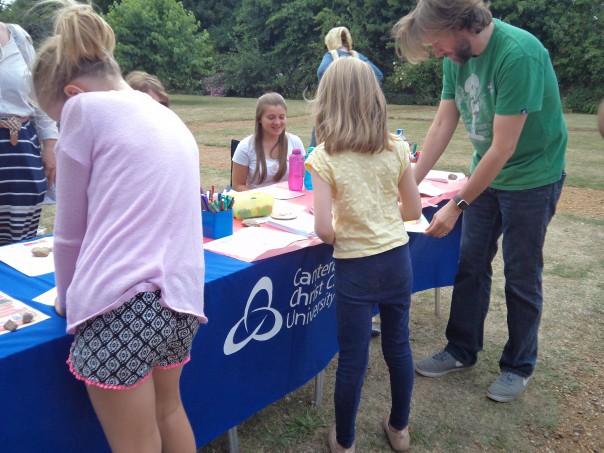
Amongst what I hope is a valuable archive of reports on the Centre’s many and varied activities, there are numerous blogs on different aspects of Kent’s history and heritage. I’m hoping these will continue to be a treasure trove for those interested in the county’s history, an important legacy of the research of past and present members of the Centre that highlight its value as an agent of knowledge exchange, outreach and partnership with those inside and outside the university.
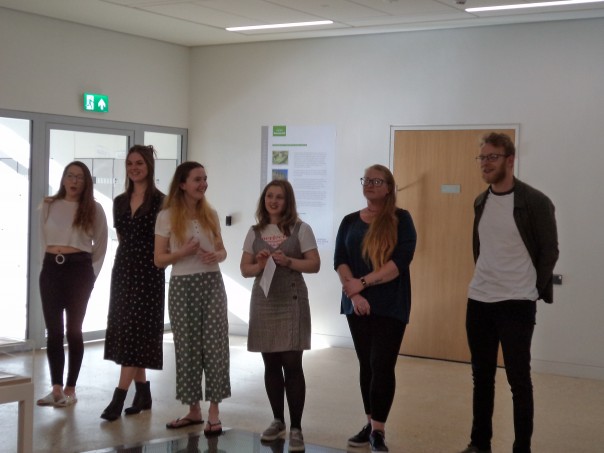
However, today I’m not going to delve into the archive to mention any of these, I’ll leave you to hunt for yourselves at: https://blogs.canterbury.ac.uk/kenthistory but instead before I come to a few event highlights, I want to mention two other highly significant aspects of the Centre – the Kent History Postgraduates group and the Ian Coulson Memorial Postgraduate Award fund. Firstly, these postgraduates are covering a wide range of what at first seem totally unrelated subjects from pre-historic barrows to WWII food, but as their presentations and more recently catch-up meetings have demonstrated, often there are theoretical or archival ‘bridges’ – those 2 plus 2 equals 5 scenarios which enrich research and understanding of the past: https://blogs.canterbury.ac.uk/kenthistory/exploring-british-library-and-cambridge-sources/ . Moreover, the spirit of co-operation and mutual help and support they bring to the group is brilliant, and a great credit to the university, as is the group’s welcoming of international postgraduates studying in Canterbury: https://blogs.canterbury.ac.uk/kenthistory/princeton-and-canterbury-bringing-historians-together/ .
Secondly, since the inception of the Ian Coulson Fund as a legacy of the first History Weekend in 2016 it has collected from events and sponsors over £40,000 and has helped fourteen postgraduates, sometimes more than once, to the tune of almost £23,000. This is a great achievement at a time when postgraduate scholarships are rarer than hens’ teeth and has meant a good number of people have had the chance to work for higher degrees, including those who otherwise would have found this to be impossible: https://blogs.canterbury.ac.uk/kenthistory/hops-in-history-nightingale-lecture-and-ian-coulson-awards/ . Consequently, even though Ian never knew about the fund, I feel it is worth giving the link to the blog that covered his funeral because if there is one activity of the Centre that should be specifically celebrated, I believe this is it: https://blogs.canterbury.ac.uk/kenthistory/ian-coulson-and-kent/
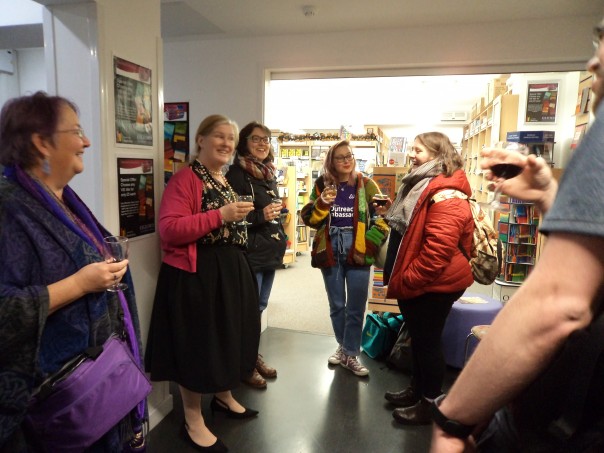
So what else has the blog reported on since 2015? Well, there are the annual History Weekends which began with the Medieval Canterbury Weekend in 2016 that featured amongst others Dan Jones, Helen Castor, Ian Mortimer and the Centre’s very own Louise Wilkinson: https://blogs.canterbury.ac.uk/kenthistory/medieval-canterbury-weekend-2/ . The following year we moved to Tudors and Stuarts, a pattern that has continued ever since and in 2017 we welcomed Janina Ramirez, Glenn Richardson, Anna Keay and the Centre’s other Co-Director at the time, Jackie Eales: https://blogs.canterbury.ac.uk/kenthistory/tudors-and-stuarts-weekend/ .
The History Weekends have brought international audiences, but these are but one aspect of the Centre’s outreach activities and since 2015 the blog has been reporting on the wide range of conferences, lectures, workshops, exhibitions and other events held by the Centre, often working with outside partners, as well as people from Geography, Archaeology, Biosciences and English. Again, and especially if you are a new reader, please do have a delve into the archive at: https://blogs.canterbury.ac.uk/kenthistory where you will find ‘the battle of the ducks’; the Baedeker Raid on Canterbury; Maritime Kent through the Ages; Garden History and much, much more.
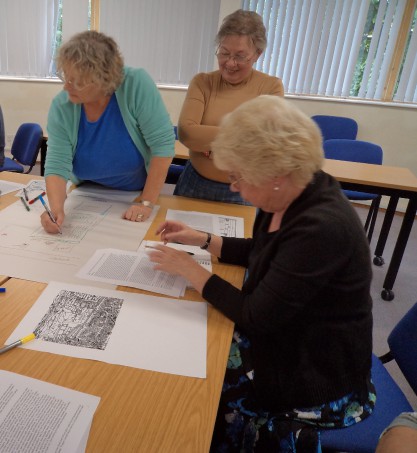
Although Diane Heath has been heavily involved in most of this, in terms of the blog I want to highlight three specific aspects of her work – her ‘medieval animals’ project with Education at CCCU: https://blogs.canterbury.ac.uk/kenthistory/gough-map-canterbury-castle-and-medieval-animals/ ; her ‘Young Medievalists’ workshops that she has run in and for Kent schools and as part of the Centre’s exhibition on ‘Medieval Faversham’ in that town: https://blogs.canterbury.ac.uk/kenthistory/showcasing-medieval-faversham-and-beckets-miracle-windows/ ; and her publications, especially her ‘medieval animals’ series with the University of Wales Press: https://blogs.canterbury.ac.uk/kenthistory/maritime-matters-kent-and-over-seas/ .
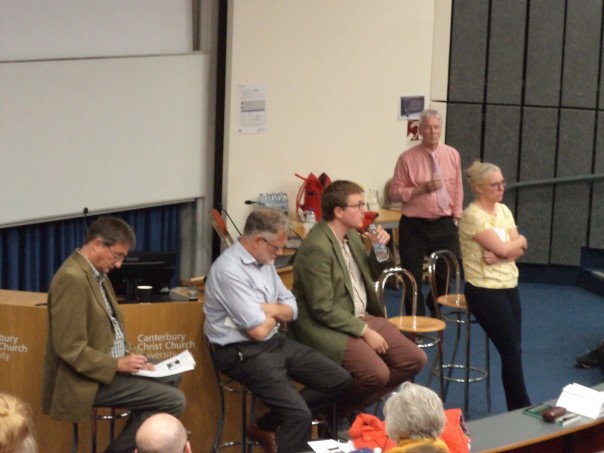
So where next – well we are fortunate that Claire Bartram has become one of the new Co-Directors and she will be giving a public lecture virtually in the autumn when the 2020 Ian Coulson Awards will also be presented. Then in December will be a second virtual public lecture when Paul Bennett, the Centre’s Visiting Professor will give the 2020 Becket Lecture. More on these will be forthcoming in the next few weeks. Similarly, there will be details announced soon of the joint Centre and Canterbury Historical and Archaeological Society virtual half-day conference in February and then the Tudors and Stuarts History Weekend in early April, that, too, will be virtual in 2021. Plans for events after this are at an early stage but we intend to offer at least one event in each of May, June and July: ‘Saints and Seals’; ‘Introducing the Kentish Manorial Database’; and ‘Medieval Animals’, before the ‘Kentish Saints and Martyrs’ in late August/early September which had to be cancelled this year. Thus, plenty of scope for more blogs and I hope you will continue to find much that is fascinating and worthwhile as we move into the future.
 Centre for Kent History and Heritage
Centre for Kent History and Heritage Sheila Sweetinburgh
Sheila Sweetinburgh 842
842


